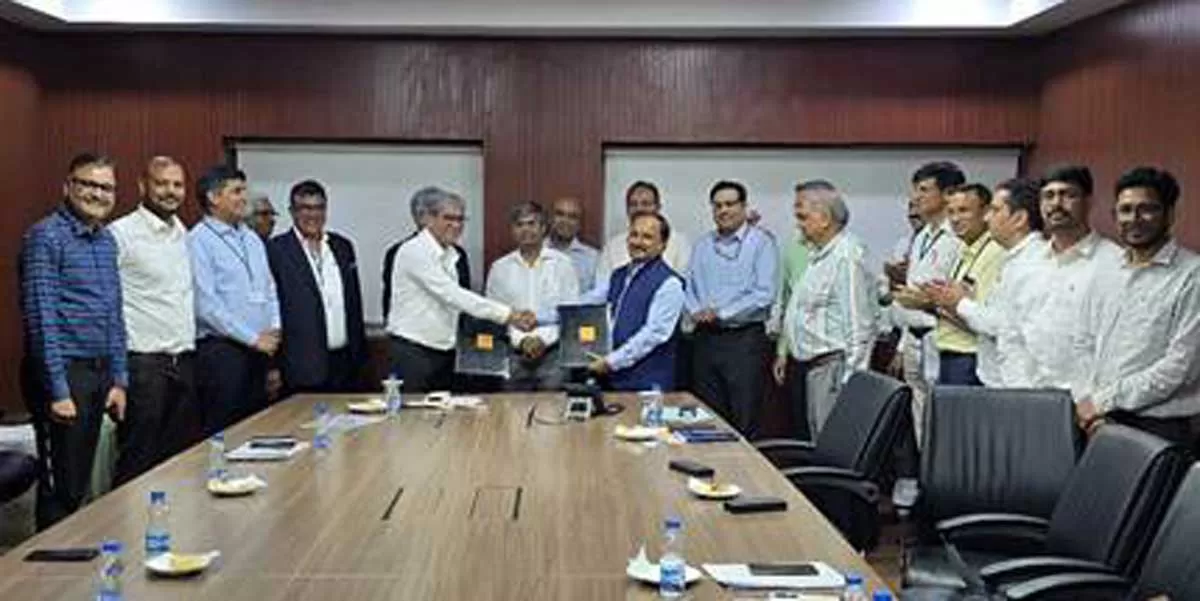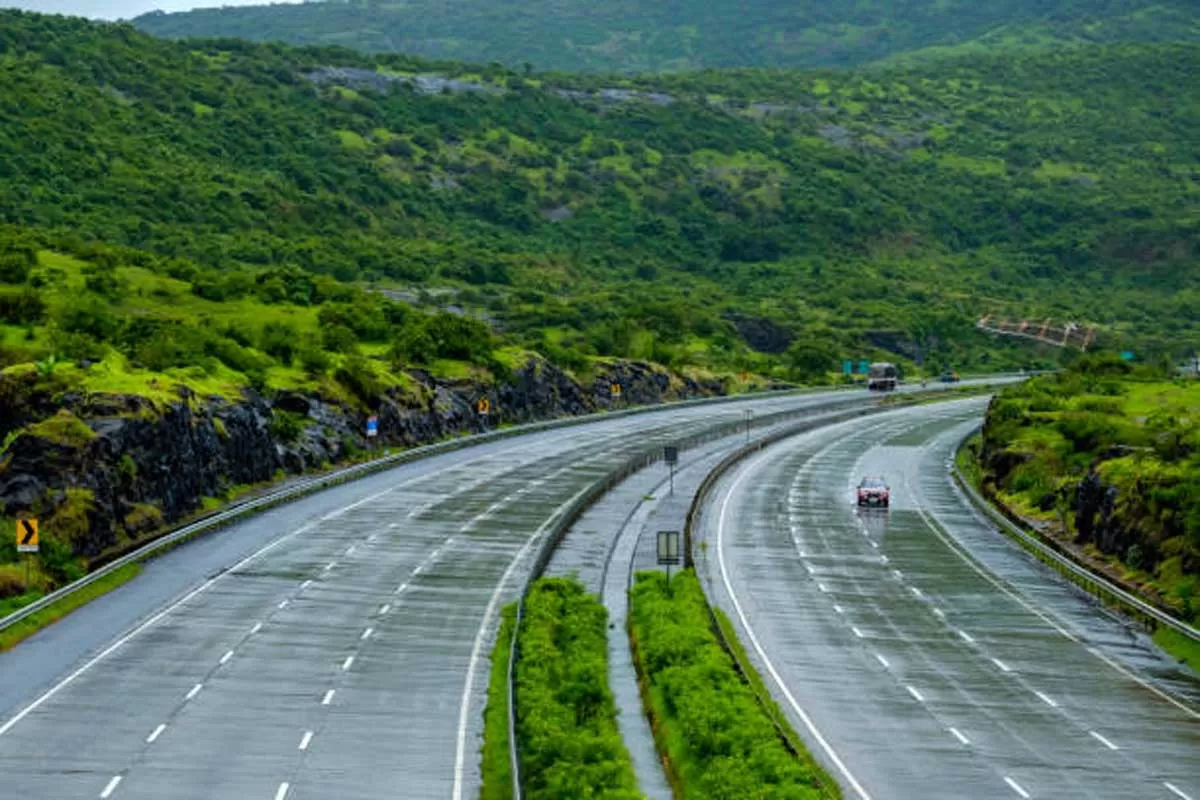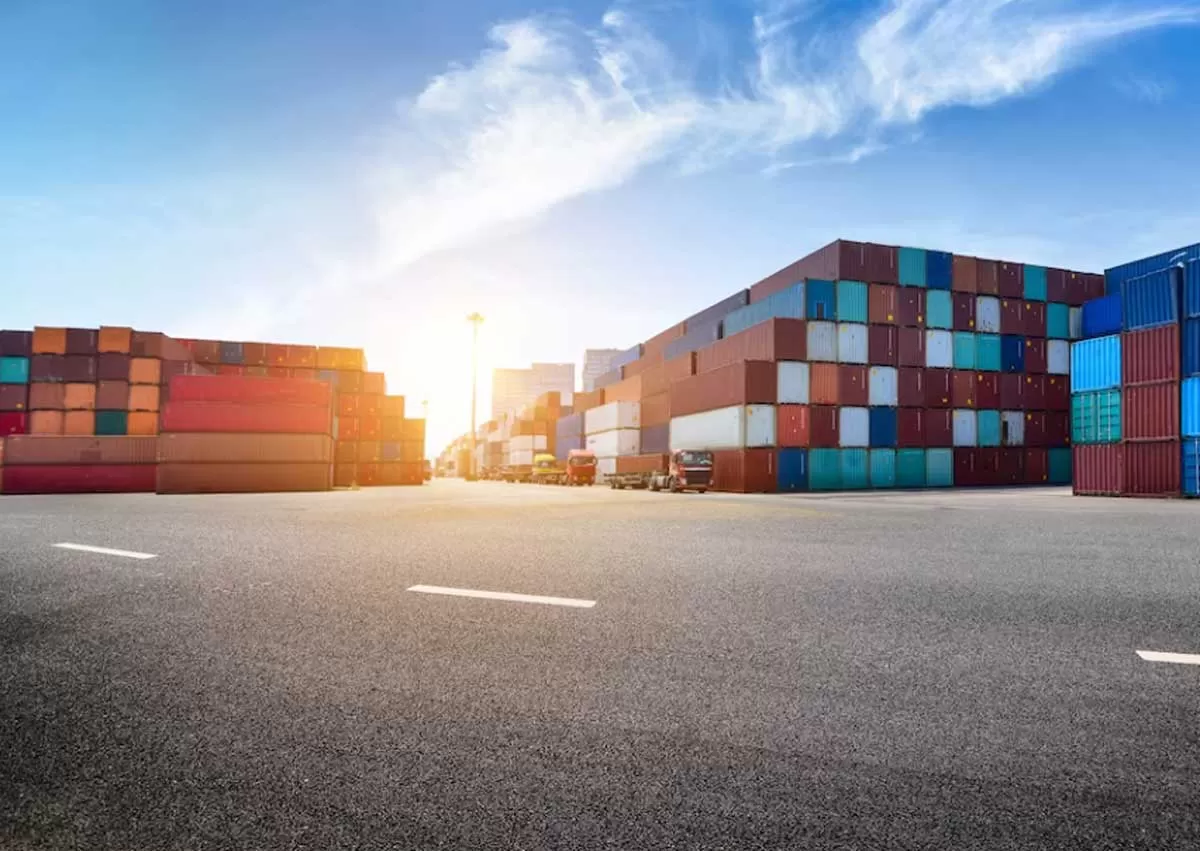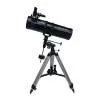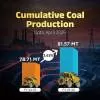Statistics indicate that the steel industry is growing from strength to strength. However, Charu Bahri looks beyond impressive growth rates to highlight issues concerning steel manufacturers and contractors consuming steel products.
The Indian steel industry is on an expansion mode, slowly moving up the world rankings. According to Annual Report 2009-10 of the Ministry of Steel, India is the fifth largest producer of steel in the world. Steel production rose 4.2 per cent to reach 60 million tonne (mt) in 2009-2010. Earlier this year, Minister for Steel Virbhadra Singh said that, by more than doubling its capacity to 124 mt, India will emerge as the world’s second largest steel producer by 2012.
On the demand side, the country’s consumption of steel rose 8 per cent, from 52.3 mt to 56.3 mt, during the year ended March 2010. This represents a higher annual growth than the approximately 7 per cent growth rates achieved during from 1991-92 and 2005-06, and the Ministry of Steel envisages that demand will grow at over 10 per cent in coming years. As more demand for steel for infrastructure development drives expansion in supply, the government has allocated $ 37.4 billion to the infrastructure sector in the Union Budget 2010-11, and increased allocation for road transport by 13 per cent to $ 4.3 billion.
Demand drivers
“The demand for steel in India is growing at more than 13 per cent in the current year,” says Vikram Amin, Executive Director (Sales & Marketing), Essar Steel. Amin cites the auto, yellow goods, construction, and infrastructure sectors as contributing to thisgrowth even though all sectors of the economy express some demand for steel products. And Sanjay Choudhry, Chief Corporate Affairs & Communications, Tata Steel Ltd, cites robust demand from the construction and automotive sectors as the main demand drivers for the steel sector at present.
According to Seshagiri Rao, Joint Managing Director, JSW Steel, and Group CFO, JSW, the key demand drivers of the steel industry are the automobile, infrastructure, real-estate and consumer durables industries. However, the demand from each of these sectors has panned out differently after the slowdown of 2008. “In the initial phase after the slowdown, the infrastructure sector showed no letup in demand and the auto industry was not faring too well,” explains Rao. “Then we saw the auto sector respond well to the government’s stimulus package and reduction in excise duties such that its demand for steel picked up by mid-2009. The infrastructure and real-estate sectors, however, have yet to bounce back to pre-slowdown growth rates. We do not expect this demand to pick up until after the monsoon season, probably after Diwali.”
Price trends
On the supply side, Rao observes that smaller manufacturers that had shut down during the slowdown have resumed activities and prices of scrap (constituting the secondary market) have seen a correction of 15 to 20 per cent. Prices of primary steel products, however, are unlikely to fall in the near future. Rao attributes this to no major corrections taking place in the prices of the two key inputs, coking coal and iron ore. “In recent months, prices of coking coal have marginally reduced from $ 240 to $ 200 per tonne and of iron ore from $ 160 to $ 120 per tonne,” he says.
Overall, the prices of key raw materials are following a rising trend, leading steel manufacturers to try to create direct linkages to sources of key inputs. “We have established steel plants in the iron ore rich belt of Karnataka for this very purpose, but so far, captive mines only provide 15 to 20 per cent of our requirements,” shares Rao. “We have coal allocations in West Bengal and Jharkhand but developing these will take time.”
Meanwhile Santhosh Rao, Senior Research Analyst, Metals & Minerals, Frost & Sullivan, opines that in the current scenario, steel producers are operating at higher efficiencies, leveraging on their captive mines, judiciously using their resources and diversifying their product mix. “Manufacturers are looking at gaining a competitive edge and at their long-term sustainability,” he reasons. “This will help ease the pressure on steel prices though it may take some time. Steel prices are more likely to stabilise owing to a softening in global demand after the economic turmoil and increased Chinese dumping activity. In the immediate Indian scenario, the benefits of steel majors optimising their distribution networks will be passed on to customers. Also, the onset of monsoons will have a direct impact on prices owing to slowing down of construction activities.”
Annual vs quarterly prices
For its part, the government has taken a number of fiscal and administrative steps to contain steel prices. In February 2009, the central value added tax (CENVAT) on steel items was reduced from 14 per cent to 10 per cent. But the benefits from this move have since been overridden by subsequent price rises. Hence, the mood among contractors continues to be one of concern. Prices of steel products are not only rising but experiencing significant volatility. “The volatility of steel prices is certainly a cause of concern for contractors as they are not in a position to estimate the project cost while bidding, especially for projects of long duration,” opines TS Sundaresan, Vice-President & Head – Materials Management & Vendor Development, L&T - ECC. “The price of steel fluctuating every now and then has always been an issue and is of great concern to contractors,” echoes Vidhushekhar, Purchase Manager, Valecha Engineering Ltd. “Even though tenders normally have an escalation clause to cover price variations between the time of tendering and actual execution, the Government Index and actual market rates vary a lot and price variations, thereby eating into the already thin profits of contractors.”
Manufacturers, however, have their own apprehensions concerning prices of raw materials. “Whereas prices of raw materials used to be declared annually globally, steel manufacturers are now contending with the quarterly pricing rates issued by major mining companies,” points out Rao. “These quarterly prices are dependent on spot prices.” According to him, this structural change in the pricing of raw materials is responsible for creating more volatility in market prices.
Amin observes that though prices of flat steel are fairly stable, prices of long steel products are more volatile. “Steel prices are primarily determined by market forces over which steel companies have little control,” he explains. “The fixing of raw material prices on a quarterly basis by iron ore and coal suppliers instead of entering into annual contracts has exacerbated volatility in steel prices.” In the wider interest of steel users including the construction industry, he would like to see a resumption of the annual contract system to fix prices of raw materials. Amin also notes that the under utilisation of capacity [owing to regulation of production depending on market demand] may have led to greater price movement in the western and eastern markets of the country.
Short supply
“Prices are a function of the market, determined by input costs as well as the demand-supply situation at a particular time,” says Choudhry. So pricing is also an outcome of supply, and with a considerable quantity of steel consumed in the country being imported, prices are only likely to head further north. “Imports in the first quarter of the current financial year were 75 per cent higher than the corresponding period in the previous year,” says Rao. That is a clear indicator of the present state of affairs—India is currently a net importer of steel. Although the government is talking about the need for incremental capacities, and has signed nearly 222 MoUs for a planned capacity of around 276 mt mostly in the states of Orissa, Jharkhand, Chhattisgarh, West Bengal, Karnataka, Gujarat and Maharashtra, Rao does not see significant greenfield expansion proposals measuring up to the need of the hour. “Brownfield expansions are taking place but not enough to achieve the growth trajectory envisioned by the government and industry,” he adds.
With the time being opportune for capacity expansions, steel companies have lined up major investment proposals. The expanding consumer market has attracted foreign investments as well. Choudhry observes that in addition to several existing players adding capacity to their operations, several private sector players, including majors in the global steel sector, have announced plans to set up operations in India. “Competition will only grow in days ahead,” he adds.
Speaking about whether more private players entering the steel industry will create more competition that might help reduce steel prices, Amin points out that there is enough competition not only among Indian companies but also from imports. “In any case, as demand in India is growing faster than capacity creation, setting up more capacities may not lend stability to steel prices,” he concludes.
Contractors’ perspective
Price volatility is one concern. The quality of steel products used for construction and infrastructure is another, or is it? In this context, Pankaj Agarwal, President – EPC Division, GVK Group, says “There is no doubt about the quality of products sold by primary manufacturers such as Tata Steel, Vizag Steel and so on. The quality of products sold by secondary manufacturers, however, is suspect-worthy possibly because some of these suppliers use scrap as a raw material.”
Sundaresan opines, “There are two types of steel producers. One is integrated steel plants or main producers from both public and private sectors whose quality is by and large dependable. The other category is secondary producers or re-rollers. The buyer has to take sufficient precaution to ensure that the materials are supplied as per specified quality and that the quality is consistent.” Vidhushekhar adds, “Generally, we are satisfied with the availability of steel products for our construction projects and quantity is never an issue. We face no quality, short supply or delayed supply issues with commonly consumed products.”
What about the availability of steel products? Which products are presently being imported and is there scope to expand production in India? “At present, there is no shortage of steel for construction industry,” responds Sundaresan. “There is plenty of steel available in India, particularly for the construction industry. For construction, the popular products are reinforcement steel, mild steel structurals and plates, which are available in plenty. Reinforcement steel of higher diameter (like 45 mm dia and above) is not being produced even by main producers in India. Of course, such requirements are far and few.”
“In the residential real-estate sector, reinforced steel meshes will help save time and huge labour requirement,” points out Agarwal. “Considering the acute shortages of skilled labour, this product is likely to be used in a more widespread manner in years to come. The industry is producing this product but it is still in a nascent stage. There is also scope for the production of rail tracks in India. At present, rails are imported.” To this, Vidhushekhar adds, “Some hollow sections used for commercial buildings have to be imported as these are not produced indigenously.”
We hope the steely resolve of the industry and the next wave of expansion of steel manufacturers will lead India’s steel industry to achieve the No. 1 position in the world.
Partners in steel
The steel sector will soon benefit from a number of JVs between Indian and overseas players. Choudhry shares that Tata Steel has entered into a partnership with Nippon Steel for the production of automotive cold rolled flat products at Jamshedpur. The 600,000 tpa capacity, continuous annealing and processing line will address the localisation needs of Indian automotive customers and contribute to further expansion of the Indian automobile industry. Nippon Steel will transfer its technology for production of high-grade, cold rolled steel sheet for automotive applications, including skin panels and high tensile steels. Tata Steel will hold 51 per cent and Nippon Steel 49 per cent of the equity stake.
Other JVs that have made headlines in recent months include a JV between India's largest engineering conglomerate Larsen & Toubro (L&T) and state-owned Nuclear Power Corporation of India Ltd (NPCIL) for specialised steel and forging products. And Japanese steel company, Sumitomo Metals, entering an alliance with Bhushan Steel for Sumitomo to provide the technical knowhow for Bhushan Steel’s 2.2 mtpa plant in Orissa.
“In the residential real-estate sector, reinforced steel meshes will help save time and huge labour requirement.”- Pankaj Agarwal, President - EPC Division, GVK GROUP
